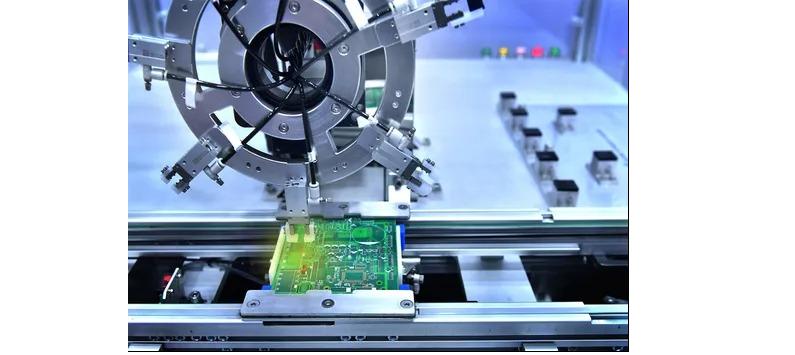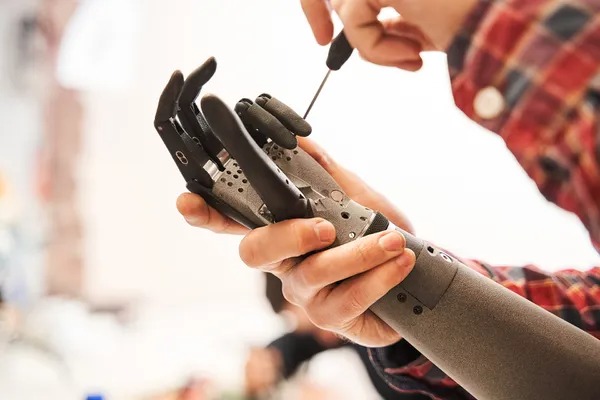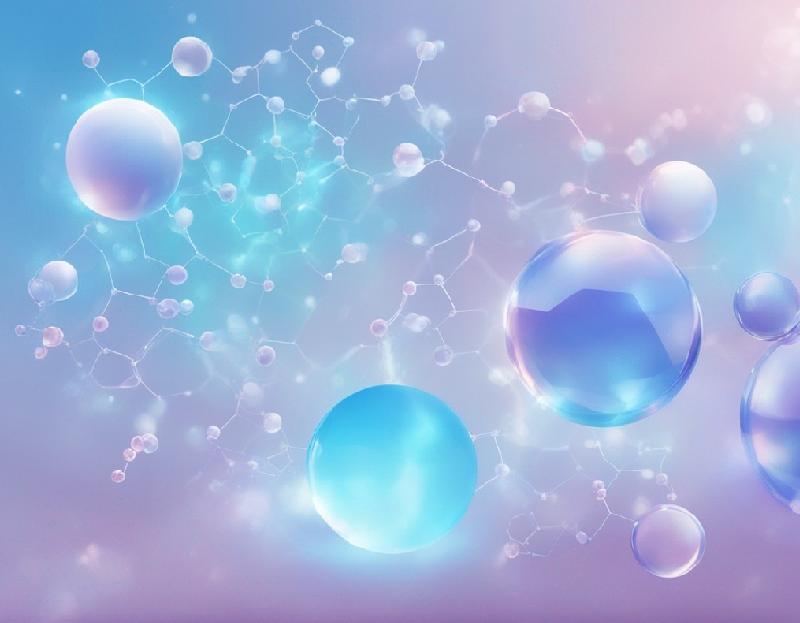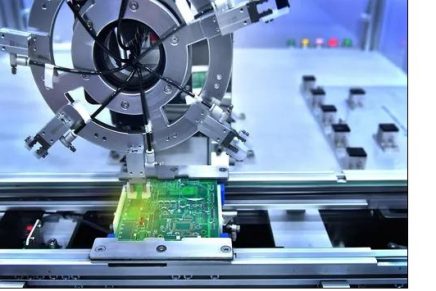4 Most Expensive Precision Components in the World
If you’ve ever stopped to wonder which are the most expensive precision components in the world, you won’t be surprised to know that some of the most complex projects in the world are created from some of the most precise and expensive components.
Many of these components used in some of the most intricate designs are designed as a bespoke accompaniment to these extraordinary inventions. Here are four of the most expensive precision components in the world.
1. Particle Accelerator Components
One of the most famous particle accelerators is the Large Hadron Collider that was built in 2008. Located near Geneva, Switzerland, the particle collider requires an almost impossibly high level of precision.
For this reason, the components used in its construction are extremely expensive, including superconducting magnets, which have no resistance to electricity.
2. Spacecraft Components
It won’t come as a surprise to you that spacecraft components are often created specifically for their intended purpose, and involve high levels of specialism and craftsmanship.
These components are created to be able to withstand the harsh and barren conditions of space, meaning that the materials used are often specialist and hard to find.
According to the Planetary Society, when adjusted for inflation, NASA spent approximately $49 billion to create the first space shuttle in 1976.
If you want to create your own model space shuttle, you can do so by using components from purveyors of high quality precision components like Accu. Although the model won’t be of the same complexity as that of NASA, it will allow you to see how each shuttle is put together.
3. Medical Imaging Equipment
If you’ve ever needed to have an MRI, ultrasound, or CT scan in a hospital, it’s likely you’ll have experienced the cumulative effect of lots of precision components working together to diagnose your condition.
These components work together in a remarkably precise manner to capture imagery of tumours, blood vessels, foetuses and more. The delicate nature of creating these images can mean that components are incredibly small and precise.
4. Microscope Components
Microscopes are essential for discovering the hidden world of bacteria, viruses and other much smaller living things that are not visible to the naked eye.
In order to become a part of this world, microscopes need to be fashioned from the most precise, small components.
The first microscopes in the world date back to the 13th century and consisted of what would be considered as a basic magnifying glass in today’s world.
Do you have some interesting facts about engineering components? Share yours in the contact section!







